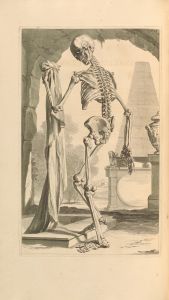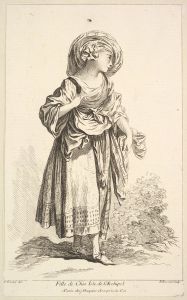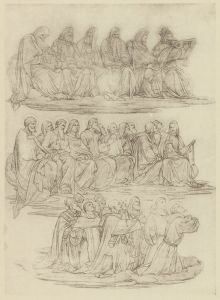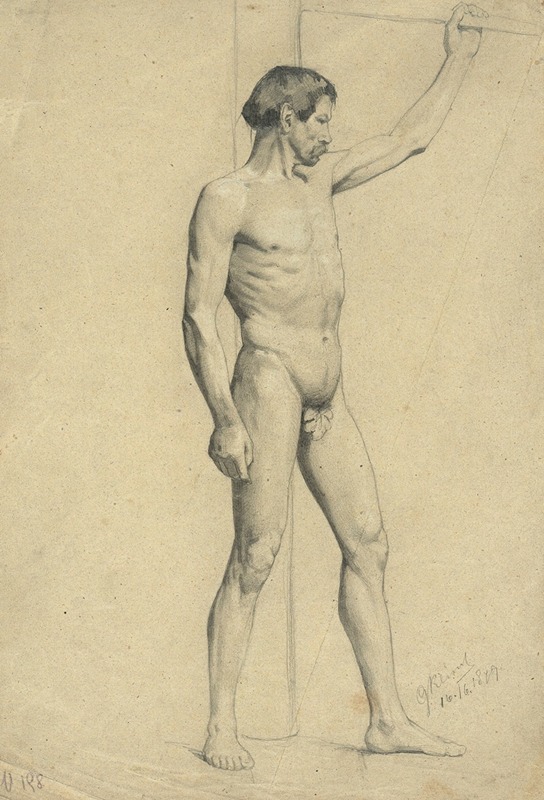
Männlicher Akademieakt in Pose
A hand-painted replica of Gustav Klimt’s masterpiece Männlicher Akademieakt in Pose, meticulously crafted by professional artists to capture the true essence of the original. Each piece is created with museum-quality canvas and rare mineral pigments, carefully painted by experienced artists with delicate brushstrokes and rich, layered colors to perfectly recreate the texture of the original artwork. Unlike machine-printed reproductions, this hand-painted version brings the painting to life, infused with the artist’s emotions and skill in every stroke. Whether for personal collection or home decoration, it instantly elevates the artistic atmosphere of any space.
Gustav Klimt, an Austrian symbolist painter, is widely recognized for his contributions to the Vienna Secession movement and his distinctive style, which often incorporated elaborate patterns and sensual themes. Among his extensive body of work, Klimt also produced numerous academic studies and sketches, including "Männlicher Akademieakt in Pose" (Male Academy Nude in Pose). This artwork is a study of the male nude, showcasing Klimt's technical skill and his ability to capture the human form with precision and sensitivity.
"Männlicher Akademieakt in Pose" is a drawing that reflects Klimt's training and practice in academic art. During the late 19th century, Klimt studied at the Vienna School of Arts and Crafts (Kunstgewerbeschule), where he received a rigorous education in traditional techniques, including life drawing. This particular work is an example of an academic nude, a genre that was a fundamental part of artistic training at the time. Such studies were typically created to hone an artist's understanding of anatomy, proportion, and the interplay of light and shadow on the human body.
The drawing depicts a male figure in a posed position, rendered with meticulous attention to detail. Klimt's line work is precise yet fluid, capturing the musculature and posture of the subject with remarkable clarity. The study demonstrates Klimt's mastery of draftsmanship, a skill that would later underpin his more experimental and decorative works. While Klimt is best known for his richly ornamented paintings, such as "The Kiss" and "Portrait of Adele Bloch-Bauer I," his academic studies reveal the foundational skills that supported his artistic evolution.
It is important to note that "Männlicher Akademieakt in Pose" is one of many similar studies Klimt created during his career. These works were not intended for public exhibition but rather served as exercises in observation and technique. As such, they provide valuable insight into Klimt's artistic process and his early development as an artist.
The exact date of this drawing is not definitively documented, but it is likely to have been produced during Klimt's academic years or shortly thereafter. The work is part of a broader collection of Klimt's sketches and studies, many of which are preserved in museums and private collections. These drawings are often studied by art historians to better understand Klimt's approach to form and his transition from academic art to the more innovative and symbolic style for which he is celebrated.
In summary, "Männlicher Akademieakt in Pose" is a testament to Gustav Klimt's technical expertise and his grounding in academic traditions. While it may not carry the decorative and symbolic elements of his later works, it remains an important piece within the context of his artistic journey.





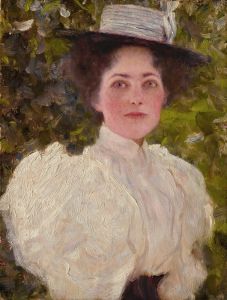
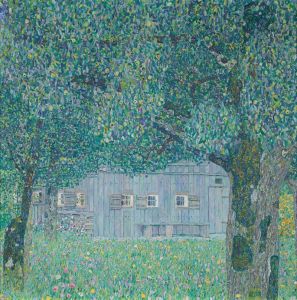

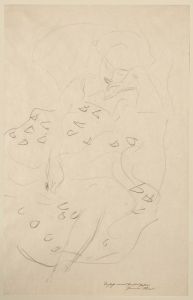
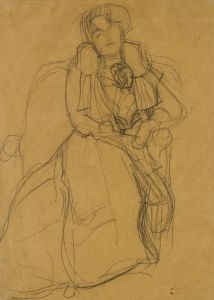
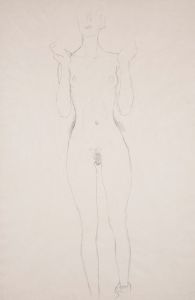
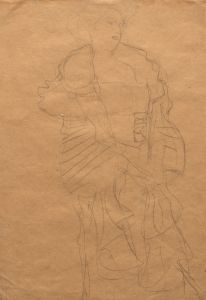
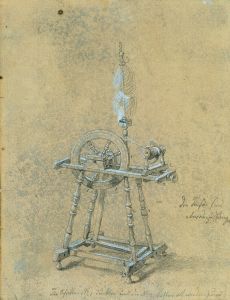

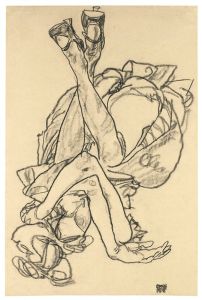
![Miscellaneous small sketches for inlaid table tops.] [Design with red and pink circular motif](/imgs/249441/s/winold-reiss-miscellaneous-small-sketches-for-inlaid-table-tops-design-with-red-and-pink-circular-motif-af0eedc4.jpg)
